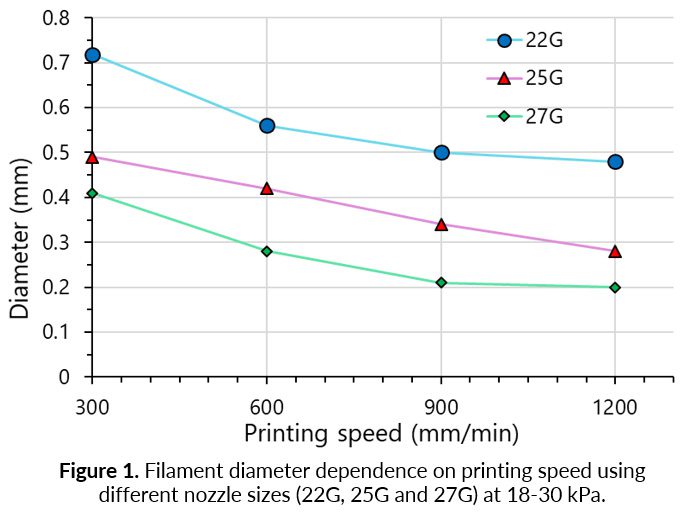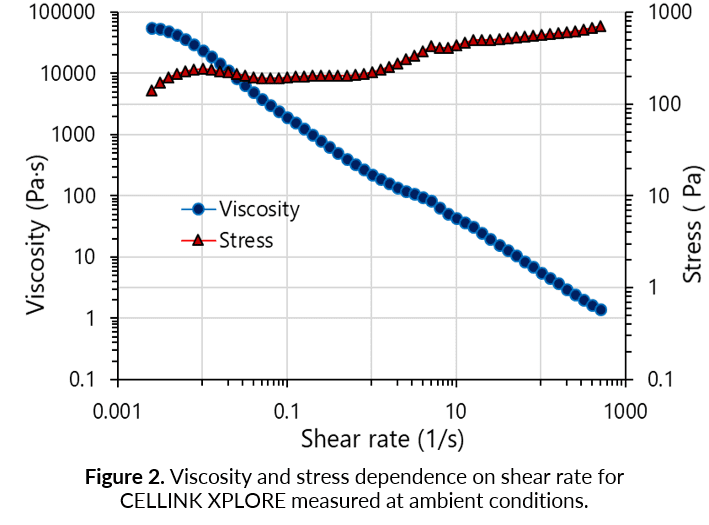Printing with XPLORE
Products used:
Visualize complexity
CELLINK XPLORE has great printability and can be used for educational purposes to visualize complex structures. These types of fast models can be used to model organs and their inner complexity.
In this video we demonstrate how well CELLINK XPLORE prints overhangs and tubes with a bit of support from CELLINK START. This model of an aortic arch was printed with our 10 mL pneumatic printheads with 22G nozzles. The G-code to this three-layered grid structure can be found on Bioverse!
Excellent printability

Perfect shear thinning bioink

Print to learn
CELLINK XPLORE is great for educational purposes, as well as for evaluating the printability of your latest 3D model. Due to its great printability, it can be used to print large structures and models, and it can be crosslinked with our crosslinking agent. CELLINK XPLORE comes in three colors to help users of all levels visualize the complex structure of a model printed with several printheads.
In the video, we use CELLINK XPLORE to print a model of a kidney slice with its vascular tree. The G-code for printing this kidney model can be found on Bioverse.





